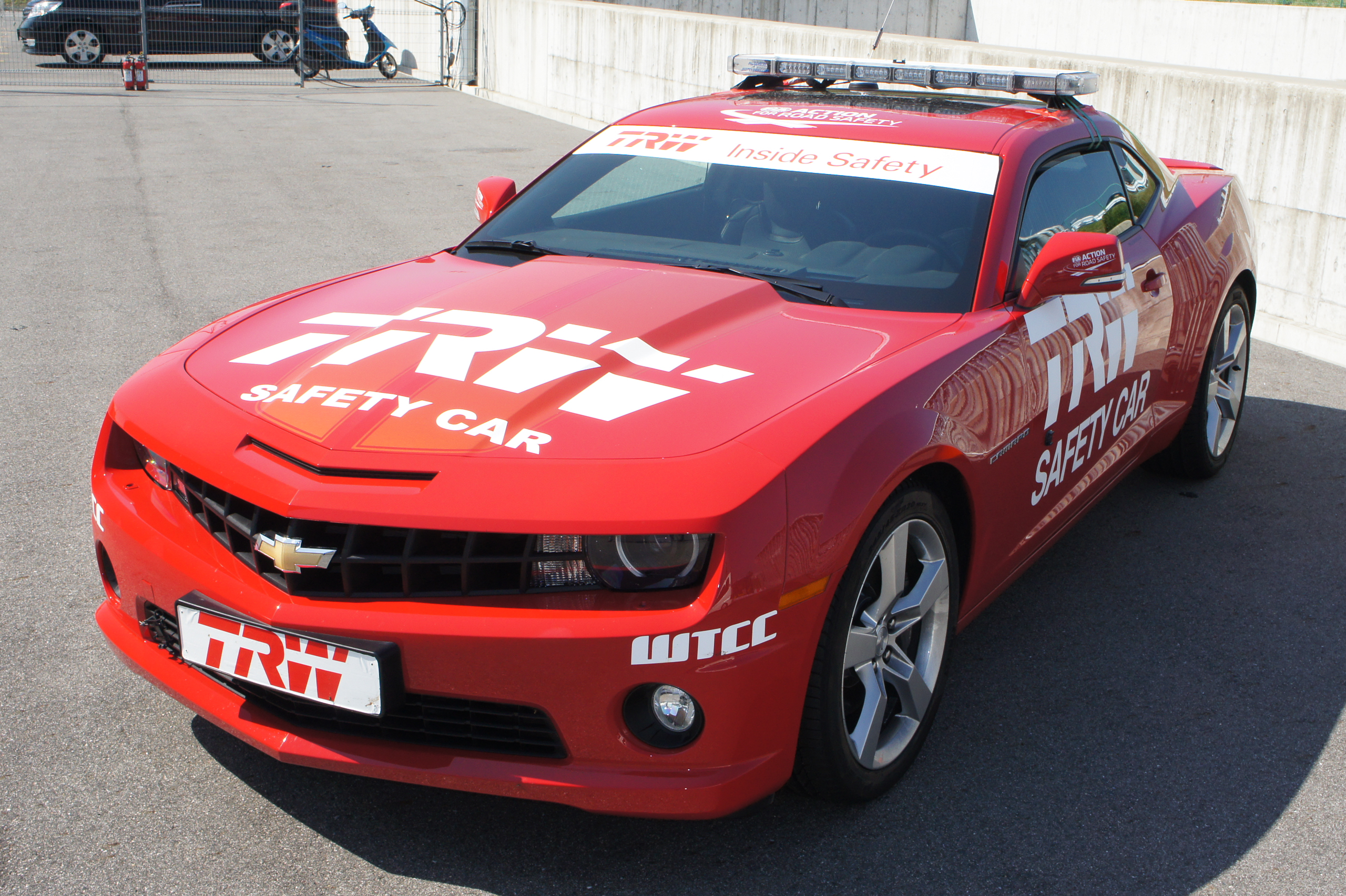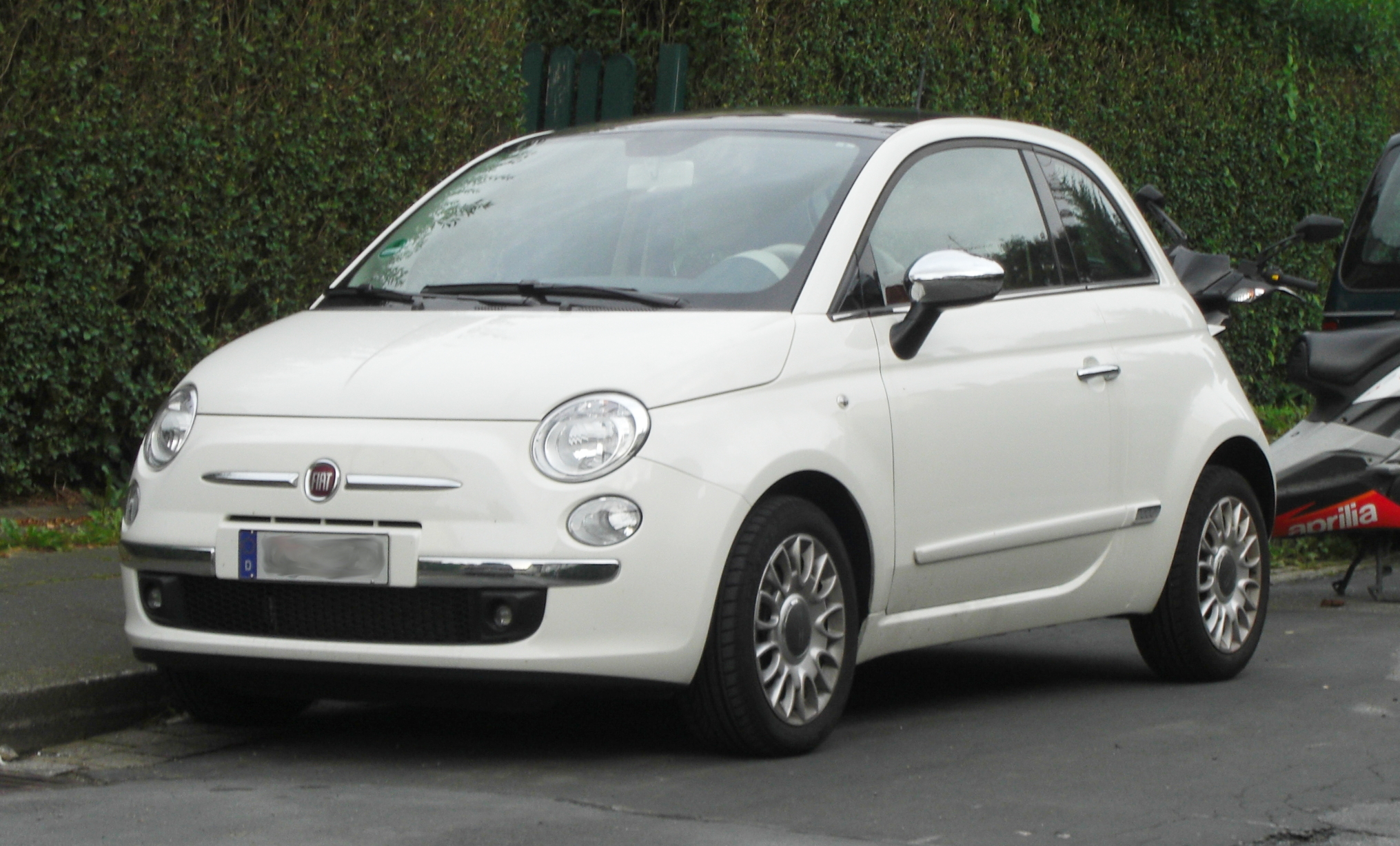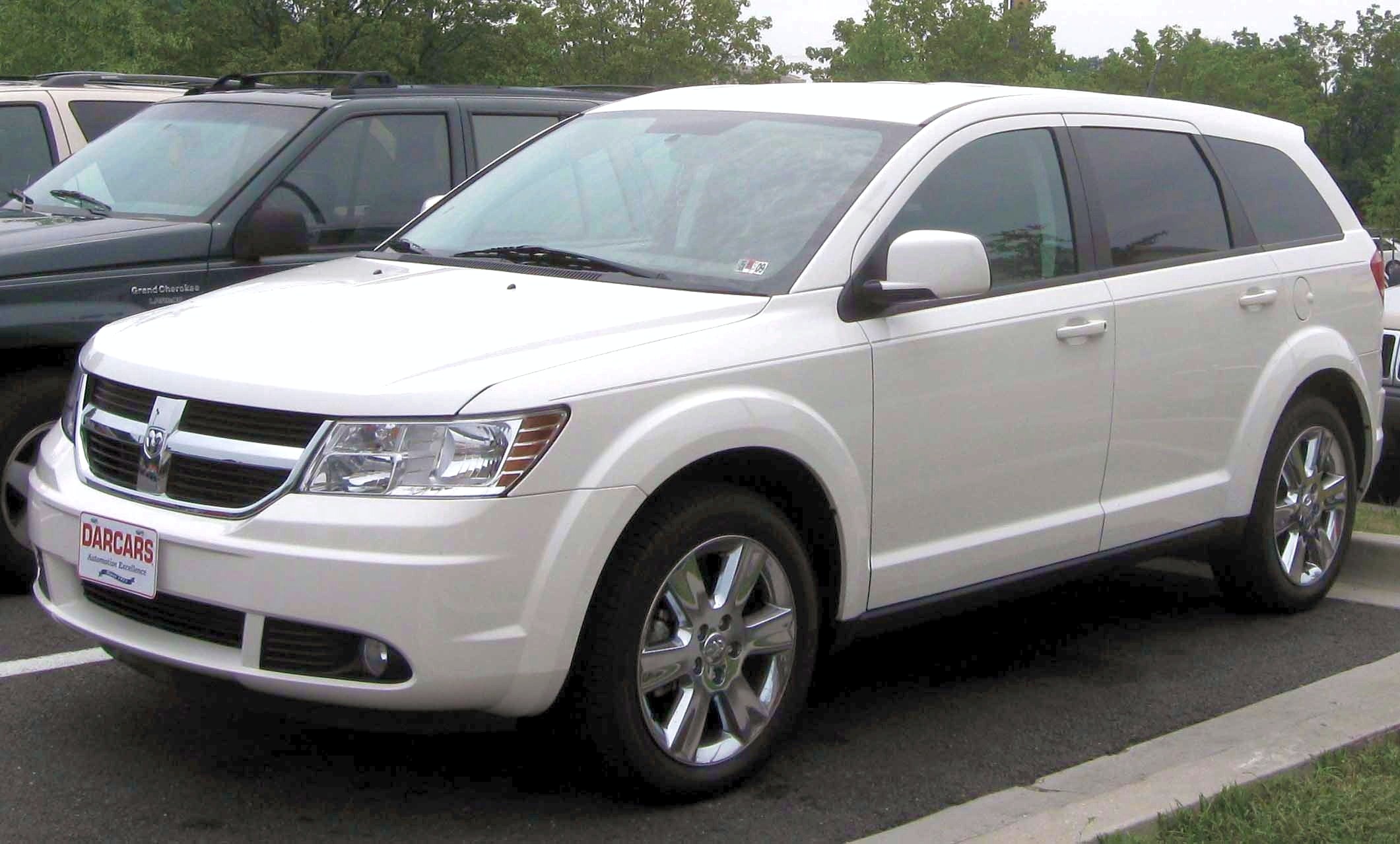
The automotive safety landscape has transformed dramatically since Ralph Nader published his influential book, ‘Unsafe at Any Speed,’ in 1965, which exposed the real dangers in American cars, especially the Chevrolet Corvair. Nader’s passionate critiques highlighted the negligence of car manufacturers who prioritized style and performance, neglecting vital safety features like seat belts that could save lives. This groundbreaking book not only became a bestseller but also ignited a powerful movement for automotive safety reform, ultimately leading to the creation of the National Highway Traffic Safety Administration.

1. **Chevrolet Corvair (1960-1963)**: Arguably the most notorious vehicle discussed in Nader’s book, the Chevrolet Corvair was criticized for its swing-axle rear suspension that could lead to dangerous handling issues. Many drivers experienced severe oversteer, making it prone to rollovers during sharp turns. Despite significant safety concerns, the manufacturer was slow to implement crucial modifications, putting countless lives at risk. The Corvair’s design deficiencies solidified its place in automotive history as a cautionary tale about neglecting safety.

2. **Ford Pinto (1971-1980)**: The Ford Pinto is infamous for its fuel tank design, which could rupture in collisions, leading to deadly fires. Despite its popularity as an affordable compact car, the Pinto was involved in numerous accidents resulting in fatalities due to this defect. The revelations about Ford’s knowledge of the dangers and their subsequent decisions regarding fuel tank safety became a significant scandal in the industry, illustrating the dire consequences of corporate negligence in automotive safety.

3. **Volkswagen Beetle (1968)**: Cherished for its distinctive design and dependability, certain Volkswagen Beetle models, particularly from 1968, faced backlash due to their inadequate safety features. The absence of crucial elements like crumple zones and outdated design practices rendered the Beetle less safe than its peers, prompting public outcry for enhanced safety measures after its disappointing crash test performance.

4. **Chrysler K-Car (1981-1989)**: Once celebrated for its innovative design and fuel economy, the Chrysler K-Car soon faced criticism for its dismal crash test outcomes. Its lightweight structure left it vulnerable in collisions, resulting in alarming injury statistics for passengers, highlighting the dangers of cost-cutting measures overshadowing engineering quality in vehicle production.

5. **Dodge Dart (1960-1976)**: The Dodge Dart fell under scrutiny for its numerous safety flaws, as early models were found to have insufficient seat belt anchorage and lacked structural strength during accidents. As public awareness grew about these significant safety concerns, the Dart’s reputation shifted from being a dependable vehicle to one increasingly perceived as a hazardous ride.

6. **Chevrolet Malibu (1978-1983)**: Known for its comfort and aesthetic appeal, the Chevrolet Malibu also drew criticism for its inadequate safety ratings, particularly in side-impact crashes. The car’s design deficiencies led to a higher incidence of passenger injuries, sparking vital discussions about the accountability of manufacturers and the urgent need for improved safety standards in the automotive industry.

7. **Toyota Yaris (2005-2010)**: The Toyota Yaris, a small hatchback popular for its fuel efficiency, became embroiled in various safety controversies, including incidents of unintended acceleration and poor crash protection. Studies revealed that the Yaris had alarmingly high rates of personal injury claims, raising serious alarms for potential buyers regarding its overall safety performance.

8. **Subaru Legacy (1995-1999)**: While known for its all-wheel-drive capabilities, certain model years of the Subaru Legacy faced criticism for poor crash test performance. The lack of modern safety features meant that occupants were at greater risk during accidents. Despite its reputation for reliability, the Legacy’s safety shortcomings challenged consumer trust in Subaru’s commitment to passenger safety.

8. **Nissan Versa (2007-2011)**: Despite being marketed as an affordable, practical option, the Nissan Versa received poor ratings in crash tests, especially concerning side-impact safety. Growing concerns about its structural integrity and the inconsistent effectiveness of airbags in some models led to a decline in the Versa’s reputation, as the public became increasingly aware of its safety shortcomings.

10. **Hyundai Accent (2012-2017)**: The Hyundai Accent, while favored for its budget-friendly pricing, faced scrutiny over its crash test ratings. Tests revealed that the Accent’s design did not effectively protect passengers in severe crashes, leading to increased injury risks. The Accent’s failure to meet safety expectations prompted Hyundai to reevaluate its commitment to automotive safety and implement design changes.

11. **Fiat 500 (2012-2017)**: The Fiat 500 is adored for its retro charm and compact size, but it doesn’t escape criticism in crash safety evaluations. Some models of the Fiat 500 scored poorly in side-impact tests, which raises concerns about the protection offered to occupants in a collision. This model serves as a reminder that even vehicles with a strong aesthetic appeal can have safety shortcomings that potential buyers should be wary of.

12. **Chevrolet Spark (2013-2018)**: The Chevrolet Spark may be compact and budget-friendly, but safety ratings tell a different story. Its low performance in crash tests, particularly during frontal impacts, has caused alarm among safety experts. When considering a vehicle primarily for urban driving, buyers might want to think twice about the Spark’s lack of robust safety features.
13. **Kia Rio (2012-2017)**: Known for its affordability, the Kia Rio has faced scrutiny over safety concerns. Its performance in various crash tests has been criticized, especially regarding passenger protection during side-impact collisions. This brings attention to the potential risks involved in opting for budget cars that may skimp on crucial safety features.

14. **Mazda3 (2014-2018)**: While the Mazda3 is often praised for its handling and design, certain model years faced challenges in crash safety evaluations. Reports indicated that the lack of advanced safety technology in some variants made them less secure during front and side crashes. This showcases the importance of considering safety ratings alongside driving experience when selecting a car.

9. **Chrysler 200 (2015-2017)**: Initially pitched as a sleek sedan, the Chrysler 200 garnered attention but ultimately failed to deliver in crash performance assessments. Its design shortcomings left occupants vulnerable during moderate overlap front tests, raising red flags from safety advocates and highlighting the crucial importance of rigorous testing in the design process.

10. **Dodge Journey (2009-2020)**: The Dodge Journey, a midsize SUV, has drawn scrutiny for its safety performance, with several models scoring poorly in crash tests, notably for rear passenger safety. This situation raises significant concerns about the vehicle’s structural design and the prioritization of safety in a fiercely competitive SUV market.

17. **Ford Focus (2012-2018)**: While the Ford Focus has a strong reputation for its driving dynamics, certain versions have been highlighted for their lack of safety features. The 2012-2018 models performed below expectations in crash tests, leading to increased scrutiny from safety organizations. It serves as a critical reminder that performance shouldn’t overshadow the necessity for passenger safety in vehicle design.

18. **Jeep Compass (2017-2020)**: The Jeep Compass has attracted attention for its off-road capabilities, but its crash test results have been less than impressive. The Compass struggled in side-impact testing, showcasing vulnerabilities in its design. This illustrates that even vehicles marketed for adventure must prioritize safety to ensure the well-being of occupants.

Each of these vehicles underscores the ongoing struggle for automotive safety. As we reflect on the shortcomings of these models, we must also celebrate the advancements made in safety regulations and the continuous demand for manufacturers to prioritize the safety of drivers and passengers alike. The unfortunate history of these less-than-safe vehicles reinforces the necessity for vigilant regulations and public awareness, guiding us toward a future where every new car guarantees safety as an indispensable principle for all travelers. Ultimately, the lessons gleaned from Ralph Nader’s impactful work and the experiences with these flawed models should lead us in our quest for safer roads for everyone.
Related posts:
In Dangers of the American Automobile
50 Years Ago, ‘Unsafe at Any Speed’ Shook the Auto World
20 Most Dangerous Cars in 2023




